An interview with Dr. Gerald B. Weiss, board-certified neurologist and pain management specialist
What is the first step if you think you suffer from migraines? When patients come to me, we do a complete neurological evaluation to diagnose the pain as a migraine on a clinical basis. If a patient has not had an MRI or if there has been a recent change in the character of the migraines (ie. duration or frequency), I will prescribe an MRI scan.
What are standard medical treatments? Several factors determine treatment including how often migraines occur, how long they last, and how many days of the month they are debilitating. For infrequent headaches, we use symptomatic treatments. If they are frequent and affect a patient’s quality of life, we then look at preventative and prophylactic treatment (daily medications) to decrease the frequency and duration of the headaches. These daily medications are not over-the-counter pain relievers, but daily medications designed to minimize migraine frequency.
Do patients have to stay on medications for life? Migraines are considered a chronic condition, so severe sufferers may be on medications for quite awhile, but a lot of people will outgrow the migraines and symptoms will simply diminish with age.
I understand you prescribe other nonconventional treatments as well? Yes, Petadolex is an herbal medication which has been studied by neurologists and reported in published journals to be effective in reducing migraine frequency and intensity. The main ingredient is butterbur.
We also use Ondamed which is an energy medicine treatment based on biofeedback. Using the patient’s own energetic pull, we can determine where the blockages are in the body then deliver low level electrical frequencies to unblock. This treatment works on the same philosophy as acupuncture but without the needles and with the added benefit of biofeedback. It is a non-invasive therapy we have used since 2007 with much success.
Where did you get your training in alternative therapies? I am fellowship trained at Memorial Sloan Kettering in NYC, but learned more about the integrative treatments in my training for Lyme Disease, in which I specialized back east. Lyme is a very complex condition which needs to be treated early or it can become chronic. Combining conventional treatments like antibiotics with alternative therapies is very common in treating Lyme. And migraines are a common symptom of Lyme.
How does lifestyle affect migraines? About 20% of patients have what are called food triggers. Certain foods, even odors like perfume, will trigger the attacks. We tell patients to keep track to identify if this is the case. In addition, migraines are a neurological disease of the central nervous system, so interruptions can trigger; thus, we tell patients to try and maintain a routine. If they usually awake at 7 during the week and then sleep til noon on Saturday, they may wake up with a migraine. Stress is also a trigger. So lifestyle changes certainly can affect migraines.
What is your best advice to migraine sufferers? Get off the daily pain relief medications and into a treatment program. Taking over-the-counter pills (even Tylenol) or vicodin, or fioricet for long periods of time can cause rebounds that can morph into chronic daily headaches. That is why it is better to take a preventative medication every day or to try alternative therapies as part of a managed program rather than depending on OTC pain relief medication.
Dr. Weiss is a staff physician with JFK Memorial Hospital and has a new private practice in La Quinta. He can be reached at 760.564.7444.






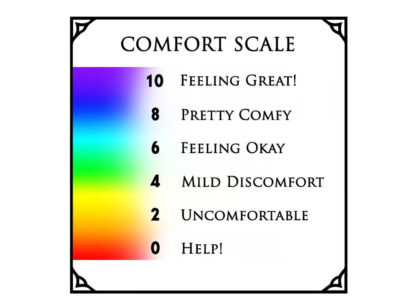

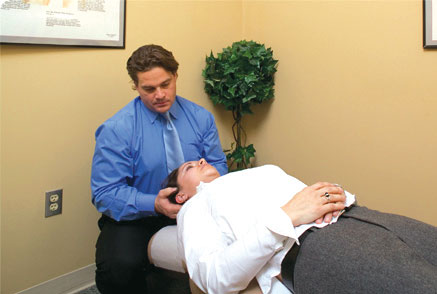
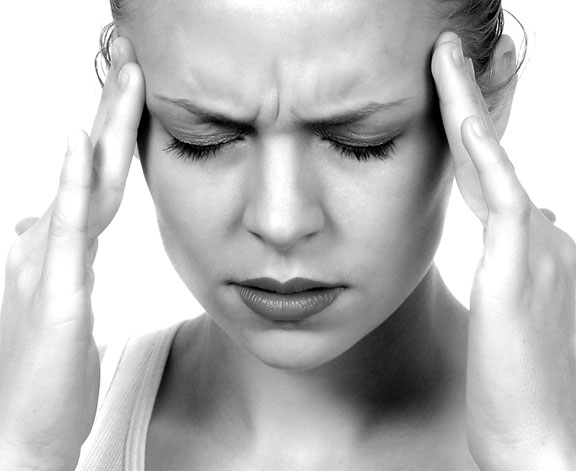
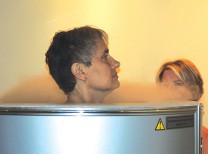





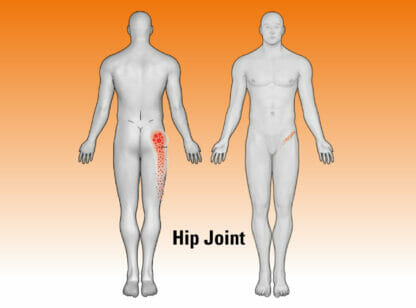





























Comments (0)